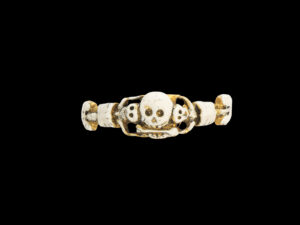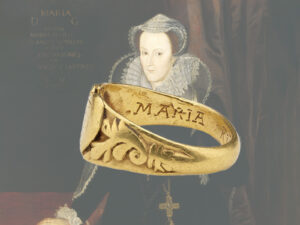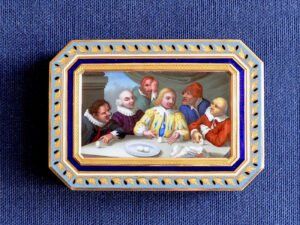
Jewels of Love and Romance
European artists and jewellers shared a common visual language of love and romance, with some symbolism dating as far back as ancient Greece and Rome. Among many design motifs, musical themes, pastoral settings, flowers and animals are all traditionally found on jewellery with romantic associations.
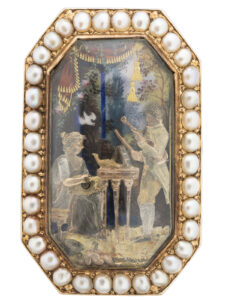
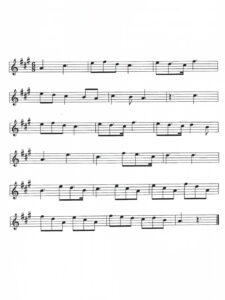
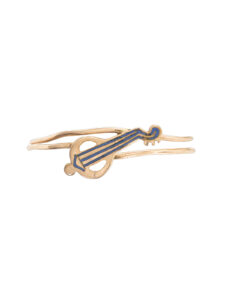
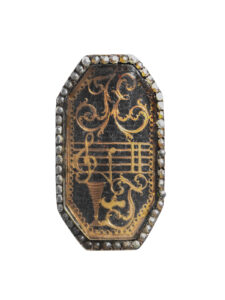
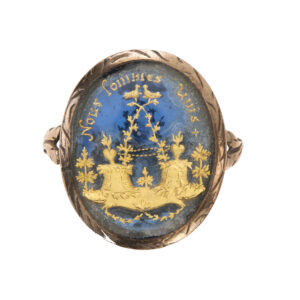
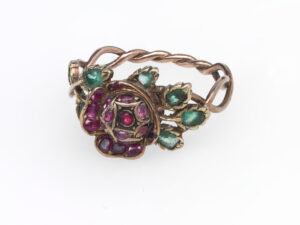

Love ring with ruby-studded rose, emeralds as leaves and concealed compartment under the rose, Germany, 1831. Swiss National Museum / Alice and Louis Koch Collection
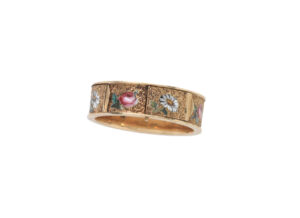
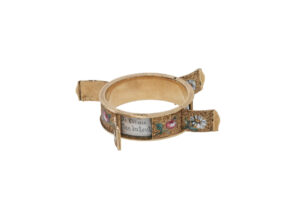
Love ring with hinged lids decorated with daisies, circa 1835. Swiss National Museum / Alice and Louis Koch Collection
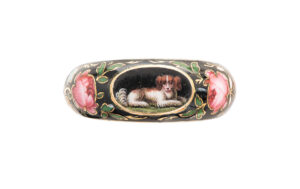

The collection
The exhibition showcases more than 7,000 exhibits from the Museum’s own collection, highlighting Swiss artistry and craftsmanship over a period of about 1,000 years. The exhibition spaces themselves are important witnesses to contemporary history, and tie in with the objects displayed to create a historically dense atmosphere that allows visitors to immerse themselves deeply in the past.

